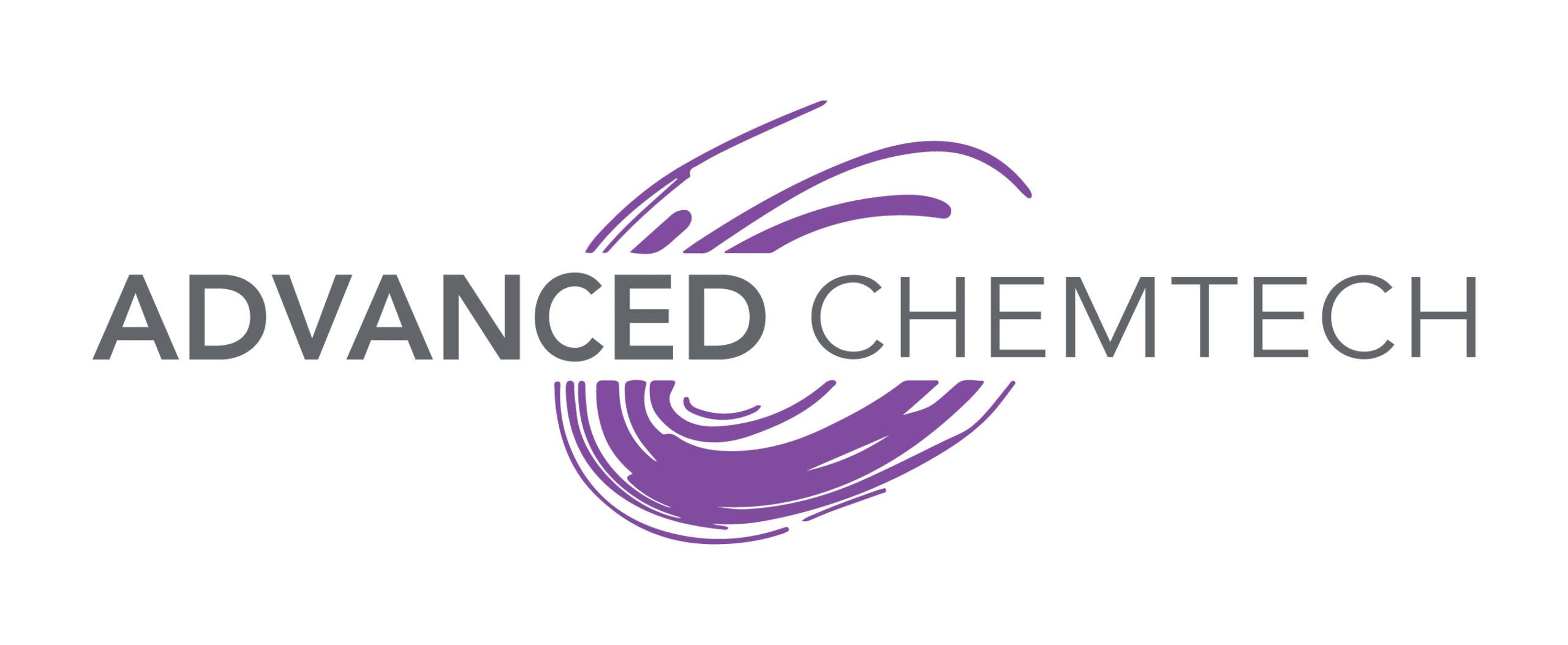Forever chemicals, also known as “PFAS,” may have serious health risks, with complications and side effects including cancer and birth defects. But what actually are they, and where are they found?
Perfluoroalkyl substances (PFAS) are used to make endless household objects, from non-stick cookware, water repellents, pizza boxes, rubbers and plastics, food packaging, electronics, and more. These harmful substances are everywhere – each household is packed full of these chemicals.
And although current research is limited, we know they have many adverse effects on health, as previously mentioned.
In fact, new research from the University of Stockholm found PFAS in rainwater in most locations on the planet, including Antarctica. That means rainwater water is not safe to drink anywhere on earth, even if you’re lodging with the penguins. In short, these harmful chemicals are very difficult to escape, and they are all around us.
But it doesn’t end there – destroying PFAS is also a huge problem. For example, incineration only results in more contamination – but new research in the US from Northwestern University might have found a way to destroy these harmful products for good, with no known side effects (or at least so far!).
So, this article will discuss more on PFAS, including why they’re called “forever chemicals,” what the new research has to say, and the implications of the new research – what does it mean for everyday life, us, and the planet?
Why are they called “forever chemicals?”
The use of PFAS became increasingly popular in the 1950s – this was around the time when the use of these chemicals began to grow.
So, why are they given the name “forever chemicals?” Is it because we will use them forever, or is it another reason?
PFAS are called forever chemicals because they linger in the environment for a long time, even after they’ve been destroyed. In fact, it can take more than 1,000 years for these chemicals to break down. That’s ten generations for the sake of a single non-stick frying pan. Okay, there are other objects, but you get the gist!
New research from Northwestern University
Brittany Trang is the great mind leading the research team at Northwestern University – they have identified a new method of breaking down PFAS by using sodium hydroxide. And yes, that’s one of the many chemicals used in the popular television show, Breaking Bad.
The current research by Trang and her team targeted weaker charged oxygen atoms (these are found at the end of long tail carbon-fluorine bonds). So, what were the results? Well, the sodium hydroxide compound broke down PFAS and left no harmless products.
That’s right, no side effects. None.
What does this mean for science?
If the new method is to work on stronger PFAS products, this could be a game changer in destroying contaminants.
PFAS could be filtered from drinking water, old household appliances could be destroyed properly with no side effects, and the lasting side effects of other methods would be eradicated for good. This would help protect the environment and reduce contaminants, reducing side effects for everyone.
We could practically turn these forever chemicals into a “forever until destroyed” chemical.
It would allow scientists to target highly contaminated areas to reduce the levels of PFAS, creating a safer and cleaner environment for residents.
To summarize
PFAS are found in virtually all households, from plastic packaging to frying pans and everything in between.
The side effects of increased exposure to PFAS, especially when these chemicals are destroyed, have been linked to severe side effects such as cancer and birth defects.
But it’s not all doom and gloom – new research from Northwestern University might have found a way to destroy these forever chemicals with no side effects. If the same method of disposal were to work on all PFAS, the results would be revolutionary – a game changer.
We could filter drinking water correctly and safely, we could further reduce the number and toxicity of PFAS in household products (this is already in the works), and once a product comes to the end of its lifespan, we could effective dispose of it with no harmful side effects for the environment, or for humanity.
